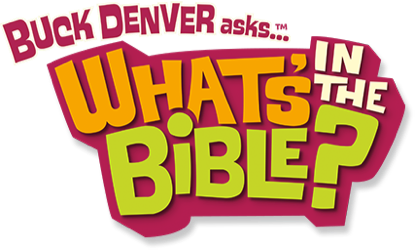 This evening, faithful Jews around the world will begin their observance of Yom Kippur, translated as “The Day of Atonement”. This is considered to be the holiest day of the year in Jewish tradition, instituted by Leviticus 23:26-31.
This evening, faithful Jews around the world will begin their observance of Yom Kippur, translated as “The Day of Atonement”. This is considered to be the holiest day of the year in Jewish tradition, instituted by Leviticus 23:26-31.
Yom Kippur is a complete Sabbath; no work can be performed on that day. It is well-known that you are supposed to refrain from eating and drinking (even water) on Yom Kippur. It is a complete, 25-hour fast beginning before sunset on the evening before Yom Kippur and ending after nightfall on the day of Yom Kippur. The Talmud also specifies additional restrictions that are less well-known: washing and bathing, anointing one’s body (with cosmetics, deodorants, etc.), wearing leather shoes (Orthodox Jews routinely wear canvas sneakers under their dress clothes on Yom Kippur), and engaging in sexual relations are all prohibited on Yom Kippur. (Judaism 101)
People spend much of their day in synagogue and many wear white to symbolize “our sins shall be made white as snow” (Isaiah 1:18). During the liturgy, the most important addition is the confession of sins. This happens is two parts: Ashamnu, which is a shorter, more general list of sins (we have been … slanderous, aggressive, unkind, etc.) and then the Al Chiet, which is a longer more inclusive list.
The concluding service of Yom Kippur, known as Ne’ilah, is one unique to the day. It usually runs about one hour long. The ark (a cabinet where the scrolls of the Torah are kept) is kept open throughout this service, thus you must stand throughout the service. There is a tone of desperation in the prayers of this service. The service is sometimes referred to as the closing of the gates; think of it as the “last chance” to get in a good word before the holiday ends. The service ends with a very long blast of the shofar.
Yom Kippur reminds the Jews of their need for God, and their personal responsibility to Him and His Law.
So why do I, a Christian, care about Yom Kippur? What impact does a “day of atonement” have on my life?
If you think back to the Temple and the Tabernacle, both of these represent how sin separates us from the holiness of God. Once a year on Yom Kippur, the High Priest, the only one allowed in the Holy of Holies of the Tabernacle, would offer a blood sacrifice of a lamb to atone for – or cover – the sins of the people. But the very moment that Jesus died on the cross, “…the curtain of the temple was torn in two, from top to bottom. And the earth shook, and the rocks were split” (Matthew 27:51).
Praise God! Jesus became our sacrificial lamb, and His precious blood forever covered each and every one of our sins, redeeming us eternally! Jesus is the fulfillment of Yom Kippur, the one perfect and final atonement for our sins.
 Lisa Strnad is a weekly contributor to the What’s in the Bible and JellyTelly blogs. She is a homeschooling mom of two, who works independent contractor in Christian media as a writer, marketing consultant, and public relations specialist. She speaks to Christian women’s groups on the issues of motherhood, home schooling and raising a child with special needs. Lisa and her family make their home in Nashville. Her blog, Talking Like A Girl, is currently being restructured.
Lisa Strnad is a weekly contributor to the What’s in the Bible and JellyTelly blogs. She is a homeschooling mom of two, who works independent contractor in Christian media as a writer, marketing consultant, and public relations specialist. She speaks to Christian women’s groups on the issues of motherhood, home schooling and raising a child with special needs. Lisa and her family make their home in Nashville. Her blog, Talking Like A Girl, is currently being restructured.










